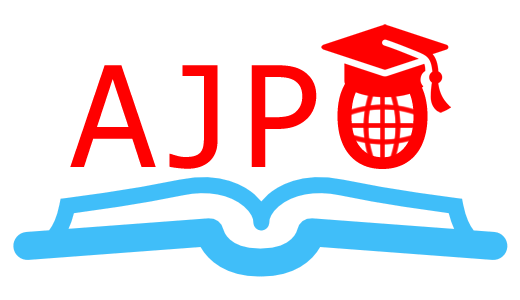In the ever-evolving world of scholarly communication, the debate between Open Access Journals and Traditional Publishing has gained significant traction. As researchers, academicians, and students strive to access and disseminate knowledge efficiently, it’s crucial to understand the advantages and disadvantages of both approaches. Do you know that in 2022, over 50% of scientific articles were published in open-access journals? This staggering statistic raises a pertinent question: What are the advantages and disadvantages of Open Access Journals compared to Traditional Publishing, especially when considering AJPO Journals?
Accessibility and Dissemination
Open Access Journals offer a key advantage: universal accessibility. Researchers and students worldwide can access the latest research without facing paywalls or subscription fees. In contrast, Traditional Publishing often restricts access to subscribers or those willing to pay substantial fees. This raises a critical rhetorical question: Shouldn’t scientific knowledge be accessible to everyone, regardless of their financial resources?
Cost Considerations

Traditional Publishing can be costly for both authors and institutions, with article processing charges and subscription fees. In contrast, Open Access Journals, such as AJPO Journals, often shift the cost burden away from readers, making publishing more affordable for authors. However, this can also lead to concerns about the sustainability of Open Access models and potential quality issues.
Peer Review and Quality

Traditional Publishing has a well-established peer-review system, ensuring a certain level of quality and credibility. Open Access Journals also utilize peer review but may vary in their rigor. This leads us to ponder: How can we strike a balance between free access and maintaining research quality?
Impact and Citation

Studies have shown that articles published in Open Access Journals tend to receive more citations, potentially increasing their impact. This can be advantageous for researchers looking to disseminate their work widely. However, Traditional Publishing still holds prestige in some academic circles, raising questions about the true measure of research impact.
In conclusion, the choice between Open Access Journals and Traditional Publishing, particularly when considering AJPO Journals, involves trade-offs. While Open Access offers unparalleled accessibility and cost benefits, it must grapple with quality and sustainability challenges. Traditional Publishing maintains established peer-review processes and prestige but can limit access based on financial constraints. So, when making your publishing decision, consider your goals and priorities in the world of scholarly communication. Perhaps the real question is, how can we navigate this complex landscape to advance knowledge and benefit society as a whole?
